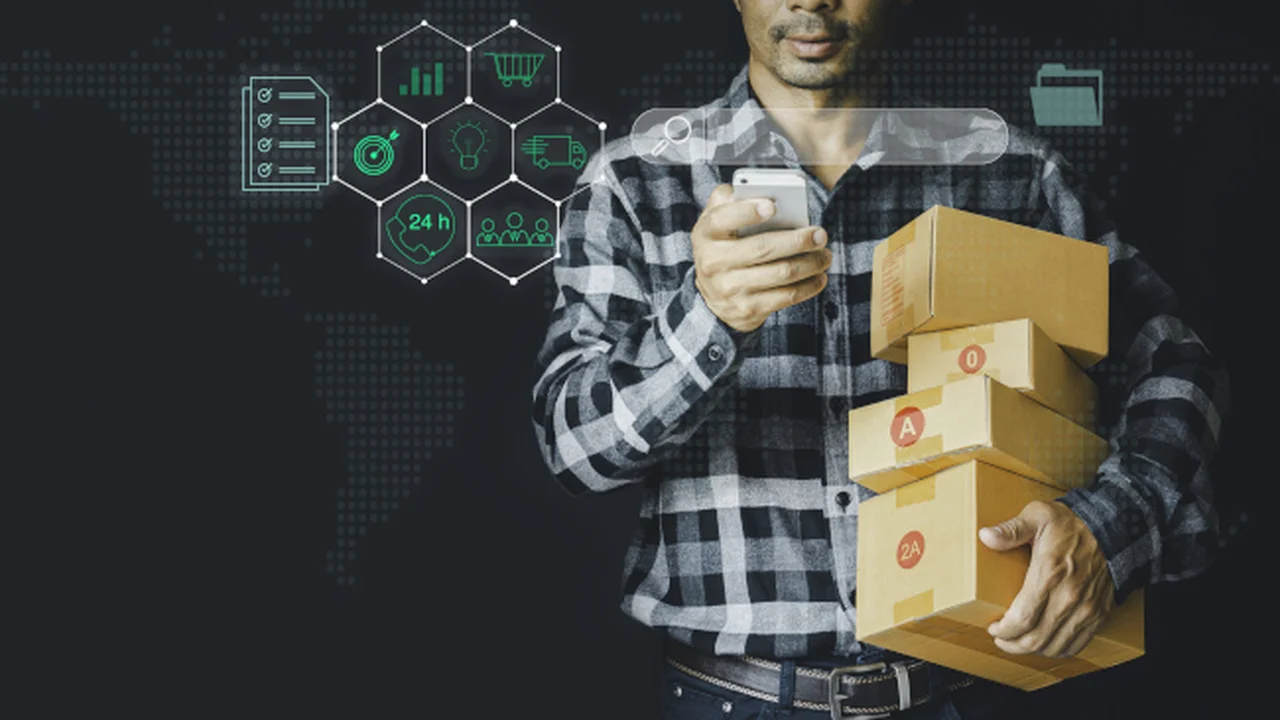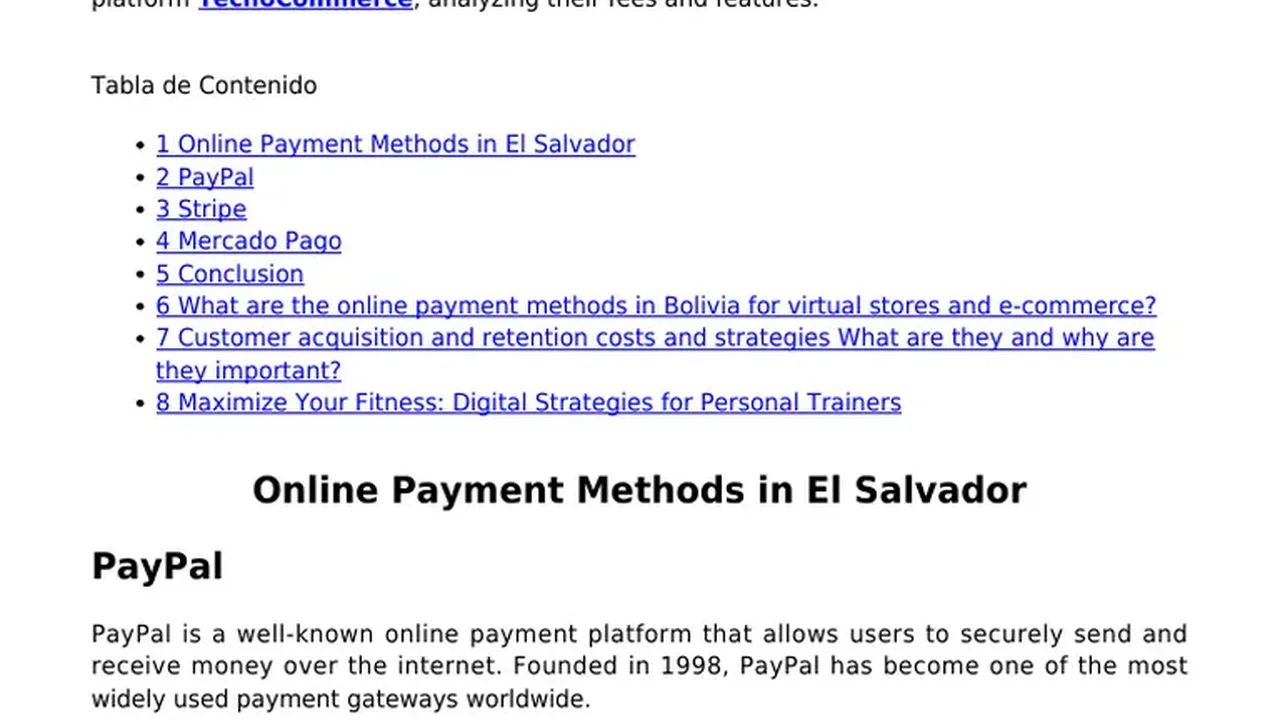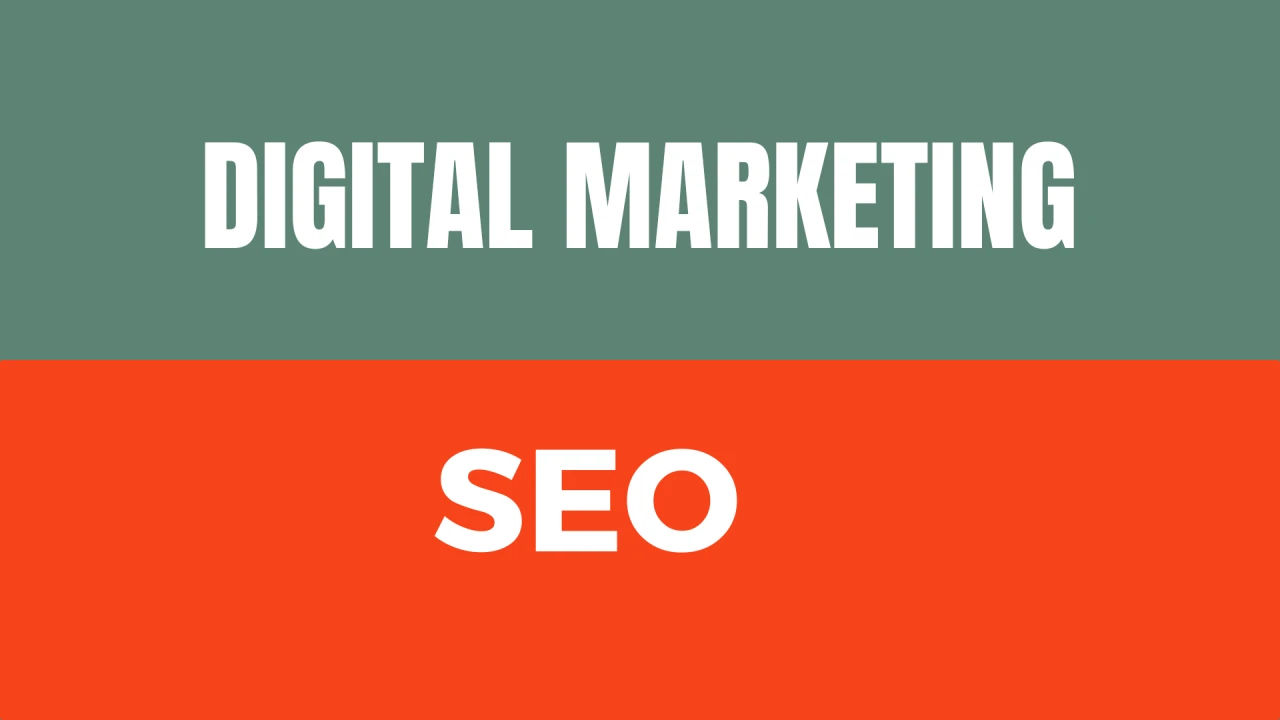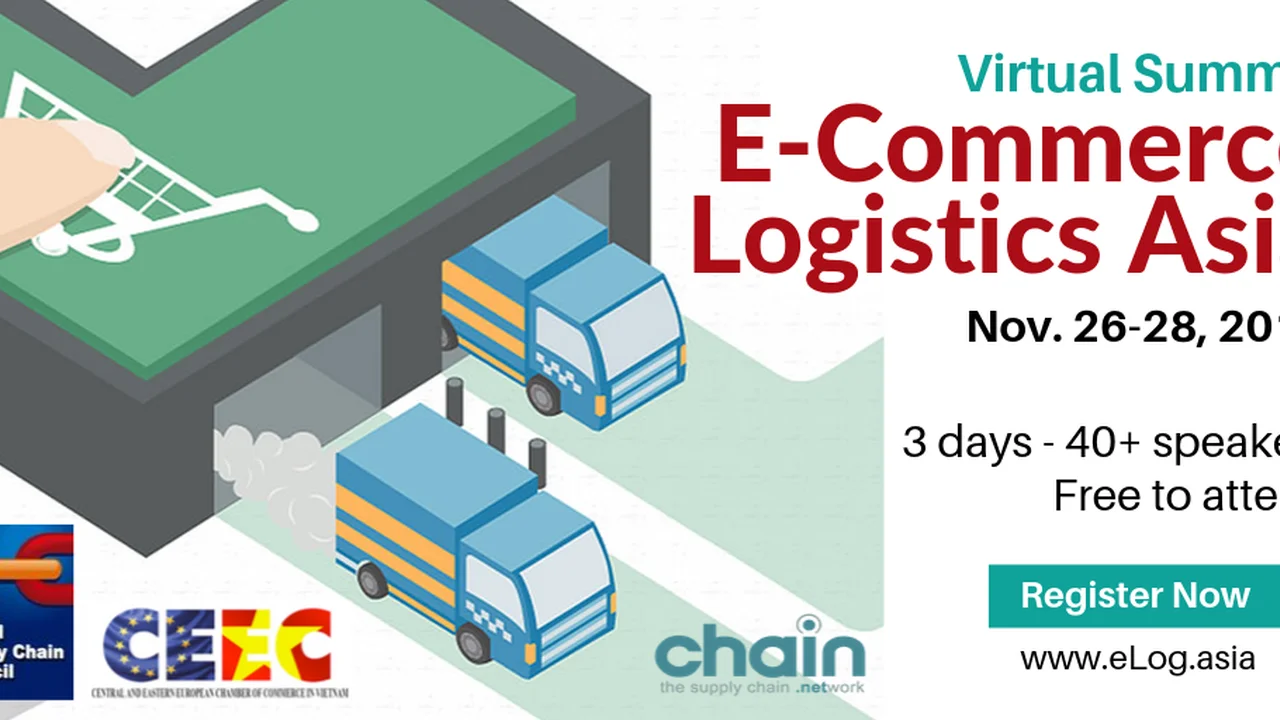The Best Packaging Solutions for E-commerce in SEA & Mexico
Sample meta description.

Introduction to E-commerce Packaging Challenges in Southeast Asia & Mexico
Alright, let's talk packaging! If you're running an e-commerce business in Southeast Asia (SEA) or Mexico, you already know the drill. It's not just about getting your product from point A to point B. It's about surviving the journey – the heat, the humidity, the bumpy roads, and sometimes, the less-than-gentle handling. Choosing the right packaging is crucial for customer satisfaction and protecting your brand reputation. Think about it: a damaged product equals a disappointed customer, a return request, and potentially a negative review. Nobody wants that!
We're going to dive deep into the world of packaging, specifically tailored for the unique challenges of SEA and Mexico. We’ll cover everything from materials to strategies, and even recommend some specific products. So, buckle up and let's get started!
Understanding the Unique Climatic and Logistical Conditions of SEA & Mexico for Packaging
Southeast Asia and Mexico, while geographically distinct, share some similar logistical and environmental challenges that directly impact packaging choices. High humidity and extreme temperatures are common across both regions. This can weaken cardboard, promote mold growth, and even affect the integrity of adhesives. Road infrastructure can be less developed in certain areas, leading to rougher handling and increased risk of damage during transit. Consider the following:
- Humidity: Cardboard absorbs moisture, losing its rigidity and protective qualities.
- Temperature: Extreme heat can melt adhesives and warp certain plastics.
- Handling: Packages might be thrown, stacked improperly, or exposed to the elements.
- Distance: Long shipping distances increase the likelihood of damage.
- Cost Sensitivity: E-commerce businesses, especially startups, often operate on tight margins, requiring cost-effective packaging solutions.
These factors necessitate robust and adaptable packaging solutions that can withstand these harsh conditions.
Top Packaging Materials for E-commerce in SEA & Mexico and Their Best Use Cases
Choosing the right material is half the battle. Here's a rundown of some of the most popular options and when to use them:
- Corrugated Cardboard: The workhorse of e-commerce. It's strong, relatively inexpensive, and recyclable. Opt for double or triple-walled cardboard for heavier or fragile items. Best for: General merchandise, electronics, clothing, and items that require stacking strength.
- Bubble Wrap: A classic for protecting delicate items from impact. Best for: Electronics, glassware, ceramics, and anything easily breakable.
- Foam Inserts: Provides superior cushioning and protection. Can be custom-cut to fit specific products. Best for: High-value electronics, delicate instruments, and items requiring precise positioning.
- Poly Mailers: Lightweight and water-resistant, ideal for non-fragile items. Best for: Clothing, soft goods, and items that don't require rigid support.
- Kraft Paper: A sustainable alternative to bubble wrap, offering cushioning and void fill. Best for: Wrapping individual items, filling empty spaces in boxes, and adding a rustic touch to your packaging.
- Water-Activated Tape: Provides a strong, tamper-evident seal. Best for: Securing boxes containing valuable items and ensuring they arrive unopened.
Specific Product Recommendations and Pricing for E-commerce Packaging Solutions
Let's get down to specifics. Here are a few product recommendations with estimated prices (note: prices can vary depending on supplier, quantity, and location):
- Uline S-4000 Corrugated Boxes: A reliable and widely available option. Prices start around $0.50 per box for smaller sizes and increase with size and quantity. Use Case: Shipping a variety of general merchandise.
- Sealed Air Bubble Wrap: A trusted brand known for its durability. A 12" x 175' roll typically costs around $20-$30. Use Case: Protecting fragile electronics or glassware.
- Instapak Quick RT Foam Packaging: A convenient and versatile foam packaging solution. Prices vary depending on the kit size and volume. Expect to pay around $50-$100 for a starter kit. Use Case: Shipping high-value electronics or delicate instruments.
- Amazon Basics Padded Envelopes: A cost-effective option for smaller, non-fragile items. A pack of 25 typically costs around $15-$20. Use Case: Shipping books, documents, or small accessories.
- EcoEnclose 100% Recycled Padded Mailers: A sustainable alternative to traditional bubble mailers. Prices are slightly higher, around $1-$2 per mailer. Use Case: Environmentally conscious businesses shipping small, non-fragile items.
Comparing Different Packaging Products: A Detailed Analysis for E-commerce Businesses
Choosing between different packaging options can be tricky. Let's compare some common choices:
Corrugated Box vs. Poly Mailer:
- Corrugated Box: Offers superior protection, especially for fragile items. More expensive and heavier, increasing shipping costs.
- Poly Mailer: Lightweight and cost-effective, ideal for non-fragile items. Less protective than a box and may not be suitable for stacking.
- Verdict: Use boxes for fragile items and mailers for clothing or soft goods.
Bubble Wrap vs. Foam Inserts:
- Bubble Wrap: Inexpensive and easy to use. Provides good cushioning for most items.
- Foam Inserts: Offers superior protection and can be custom-cut for a perfect fit. More expensive and requires more preparation.
- Verdict: Use bubble wrap for general protection and foam inserts for high-value or extremely delicate items.
Kraft Paper vs. Packing Peanuts:
- Kraft Paper: A sustainable and versatile void fill option. Can be crumpled or layered to provide cushioning.
- Packing Peanuts: Lightweight and effective at filling empty spaces. Can be messy and not always environmentally friendly.
- Verdict: Choose kraft paper for a sustainable and aesthetically pleasing option. Consider biodegradable packing peanuts if you need a lighter-weight solution.
Optimizing E-commerce Packaging for Cost-Effectiveness and Sustainability in SEA & Mexico
Let's be real, nobody wants to overspend on packaging. Here are some tips to keep costs down without sacrificing protection:
- Right-Size Your Packaging: Use boxes that are just big enough for your product. Excess space increases shipping costs and requires more void fill.
- Negotiate with Suppliers: Don't be afraid to ask for discounts, especially when ordering in bulk.
- Consider Sustainable Options: While sometimes more expensive upfront, sustainable packaging can enhance your brand image and attract eco-conscious customers.
- Explore Local Suppliers: Sourcing packaging locally can reduce shipping costs and lead times.
- Optimize Packaging Design: A well-designed package can protect your product with less material.
Sustainability is also a growing concern. Consider using recycled materials, biodegradable packing peanuts, or compostable mailers. Your customers will appreciate it!
Branding and Customization Opportunities with E-commerce Packaging in Southeast Asia and Mexico
Your packaging is an extension of your brand. Don't miss the opportunity to make a lasting impression!
- Custom Printed Boxes: Add your logo and branding to your boxes for increased visibility.
- Branded Tape: A simple and cost-effective way to reinforce your brand.
- Thank You Notes: Include a handwritten thank you note to show your appreciation.
- Custom Stickers: Add stickers with your logo or a special message.
- Packaging Inserts: Include coupons, product samples, or promotional materials.
Think of your packaging as a mini billboard for your brand. Make it memorable!
The Future of E-commerce Packaging in SEA & Mexico: Trends and Innovations
The world of packaging is constantly evolving. Here are a few trends to watch out for:
- Sustainable Materials: Expect to see more innovative and eco-friendly packaging options.
- Smart Packaging: Packaging with sensors that can track temperature, humidity, and location.
- Personalized Packaging: Packaging tailored to the individual customer.
- Automation: Automated packaging systems that can improve efficiency and reduce costs.
- Minimalist Packaging: A focus on reducing waste and using only the necessary materials.
Stay ahead of the curve by exploring these trends and adapting your packaging strategy accordingly.
:max_bytes(150000):strip_icc()/277019-baked-pork-chops-with-cream-of-mushroom-soup-DDMFS-beauty-4x3-BG-7505-5762b731cf30447d9cbbbbbf387beafa.jpg)






